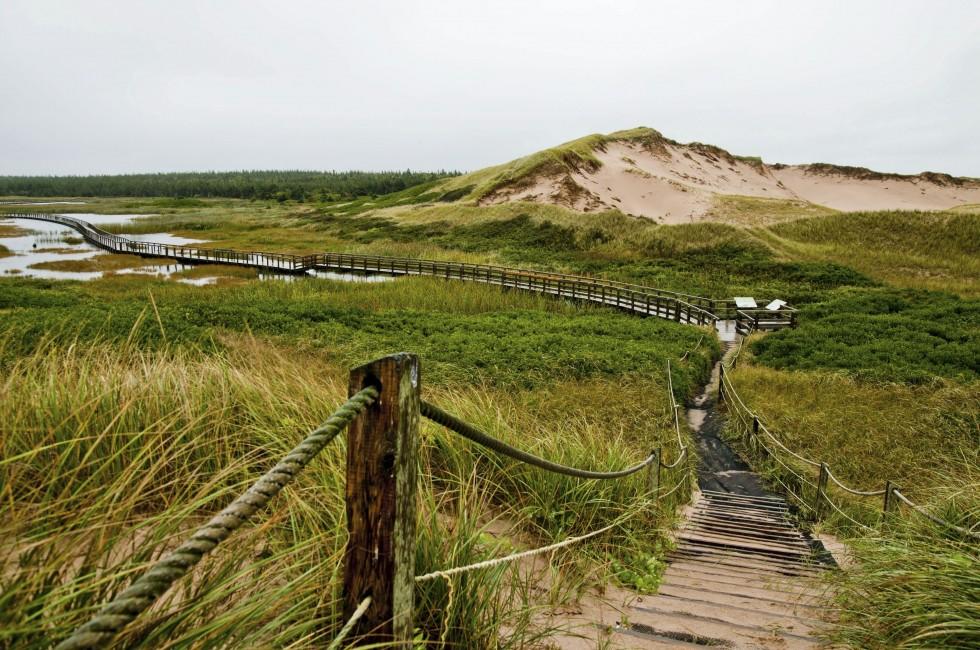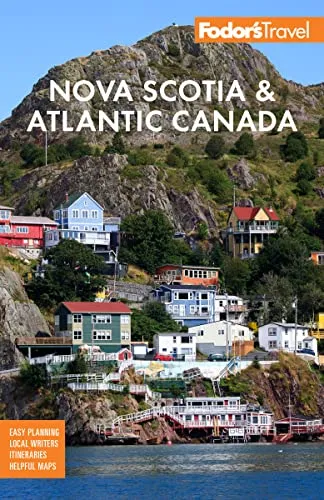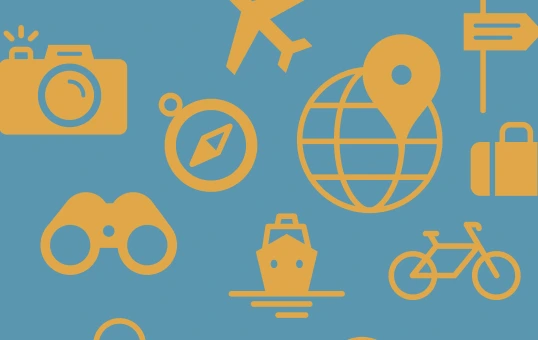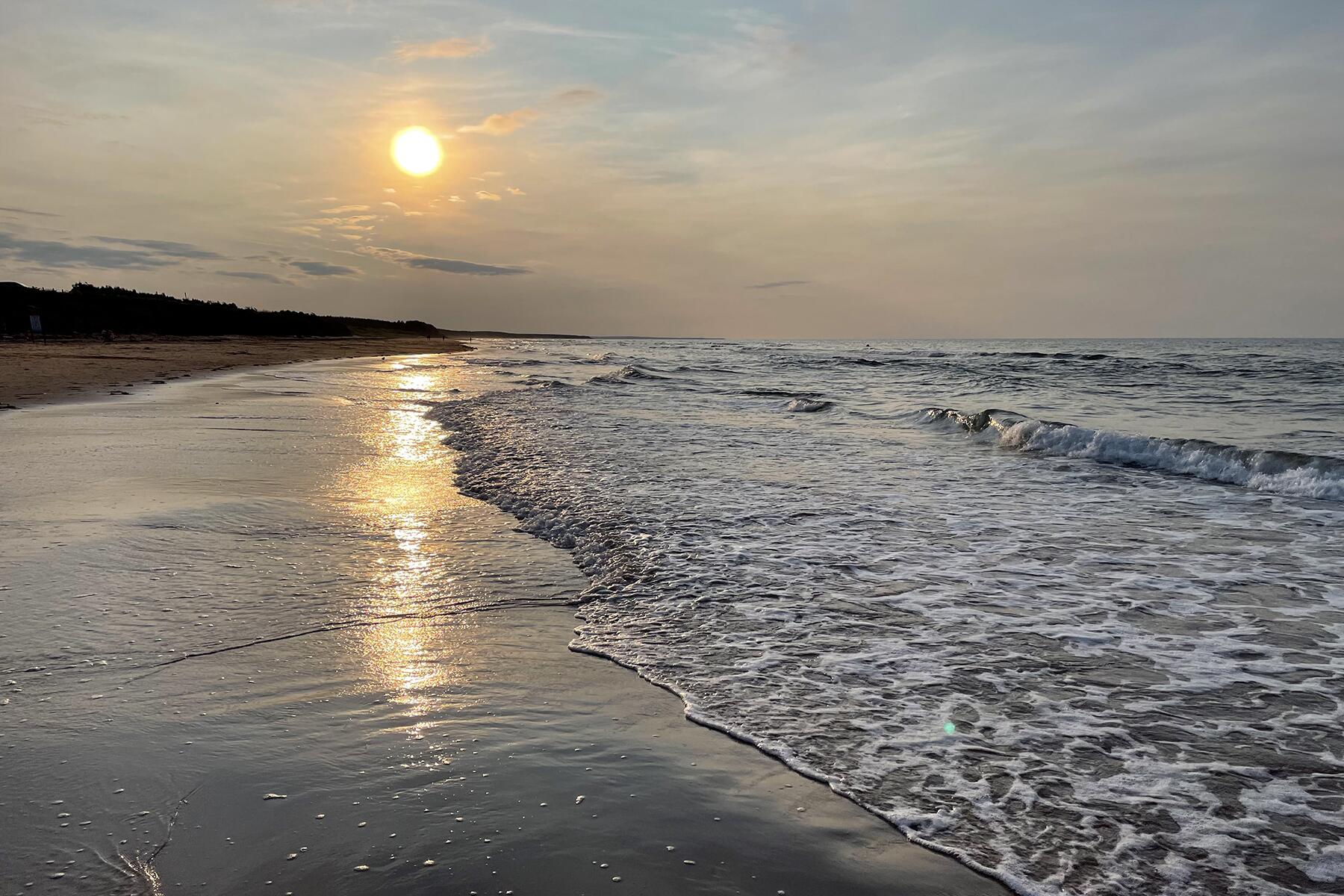Fodor's Nova Scotia & Atlantic Canada: With New Brunswick, Prince Edward Island & Newfoundland
Whether you want to visit Cape Breton Island, eat fresh lobster and mussels, or learn...
Prince Edward Island is a camera-ready landmass marked by verdant patchwork fields that stretch out beneath an endless cobalt sky to meet white-sand beaches and the surrounding sea. But it’s so much more than just another pretty place. Like the water temperature in summer, people here are remarkably warm. Their heartfelt hospitality and slow-paced lifestyle entice visitors to return year after year.
Colonized by France in 1603, Prince Edward Island (or Île Saint-Jean, as it was then called) was handed over to Britain under the Treaty of Paris in 1763. Tensions steadily increased as absentee British governors and proprietors failed to take an active interest in the area’s growth; nevertheless, the development of fisheries and agriculture in the early 19th century strengthened the l...
Read MorePrince Edward Island is a camera-ready landmass marked by verdant patchwork fields that stretch out beneath an endless cobalt sky to meet white-sand beaches and the surrounding sea. But it’s so much more than just another pretty place. Like the water temperature in summer, people here are remarkably warm. Their heartfelt hospitality and slow-paced lifestyle entice visitors to return year after year.
Colonized by France in 1603, Prince Edward Island (or Île Saint-Jean, as it was then called) was handed over to Britain under the Treaty of Paris in 1763. Tensions steadily increased as absentee British governors and proprietors failed to take an active interest in the area’s growth; nevertheless, the development of fisheries and agriculture in the early 19th century strengthened the local economy. Soon settlement increased, and those willing to take a chance on the Island prospered.
As relations between emboldened tenants and their distant landlords continued to worsen, heated talk about uniting with other colonies in British North America began. (The Civil War, then raging in the United States, made the idea of forging a peaceable alliance all the more appealing.) So in 1864, the Island's capital city hosted the Charlottetown Conference, a milestone in this nation’s history, which ultimately led to the creation of the Dominion of Canada in 1867.
Despite this political alliance, it took another 130 years—and almost 13 km (8 miles) of concrete—for Prince Edward Island to be physically linked with the rest of the country. When the Confederation Bridge opened between Borden-Carleton and Cape Jourimain, New Brunswick, in 1997, traditionalists feared it would destroy PEI’s tranquillity. (As you explore the villages and fishing ports, it's easy to see why they cherish it so.) Yet outside the tourist hub of Cavendish, the Island still seems like an oasis of peace in an increasingly busy world.
In summer, thanks to the relatively shallow Gulf of St. Lawrence and circulating Gulf Stream, Prince Edward Island beaches have the warmest saltwater north of the Carolinas. (Temperatures can reach 70ºF in July and August.) Factor in sandy strands and the result is fine swimming conditions. Best of all, the Island’s 1,760-km (1,100-mile) coast means a beach is always close by. Basin Head Beach, near Souris, has miles of singing sands. Often less populated, and with fine ocean sunsets, is West Point. At Greenwich, near St. Peter’s Bay, a boardwalk stroll brings you to an endless empty beach.
Each is supervised in season. Remember: This is the ocean, so choosing a life-guarded beach is important. Changing tides, breaking waves, and the occasional rip current can put even strong swimmers in peril.
Find a Hotel
Top Destinations
Top Destinations
All Destinations
Expand All Collapse All
Top Experiences
Recent Forum Posts
Recent Forum Posts
-
K
Pretty Prince Edward Island and a Taste of New Brunswick
KarenWoo started Aug 31, 2023 |Last reply Sep 6, 2023 29 replies 2869 views -
![]()
Road trip, Ontario to Prince Edward Island, Canada
Aulop started Jun 6, 2022 |Last reply Jan 23, 2023 31 replies 6582 views -
W
Boston to Prince Edward Island
WarrenWST started May 5, 2019 |Last reply Jul 27, 2019 23 replies 15702 views -
W
Prince Edward Island
Wordsmith1 started Jul 12, 2019 |Last reply Jul 13, 2019 1 replies 2895 views
Guidebooks
Guidebooks
Our worldwide travel correspondents bring you the best and most up-to-date coverage of over 7,500 global destinations.
Shop NowFodor's Nova Scotia & Atlantic Canada: With New Brunswick, Prince Edward Island & Newfoundland
Whether you want to visit Cape Breton Island, eat fresh lobster and mussels, or learn...
















